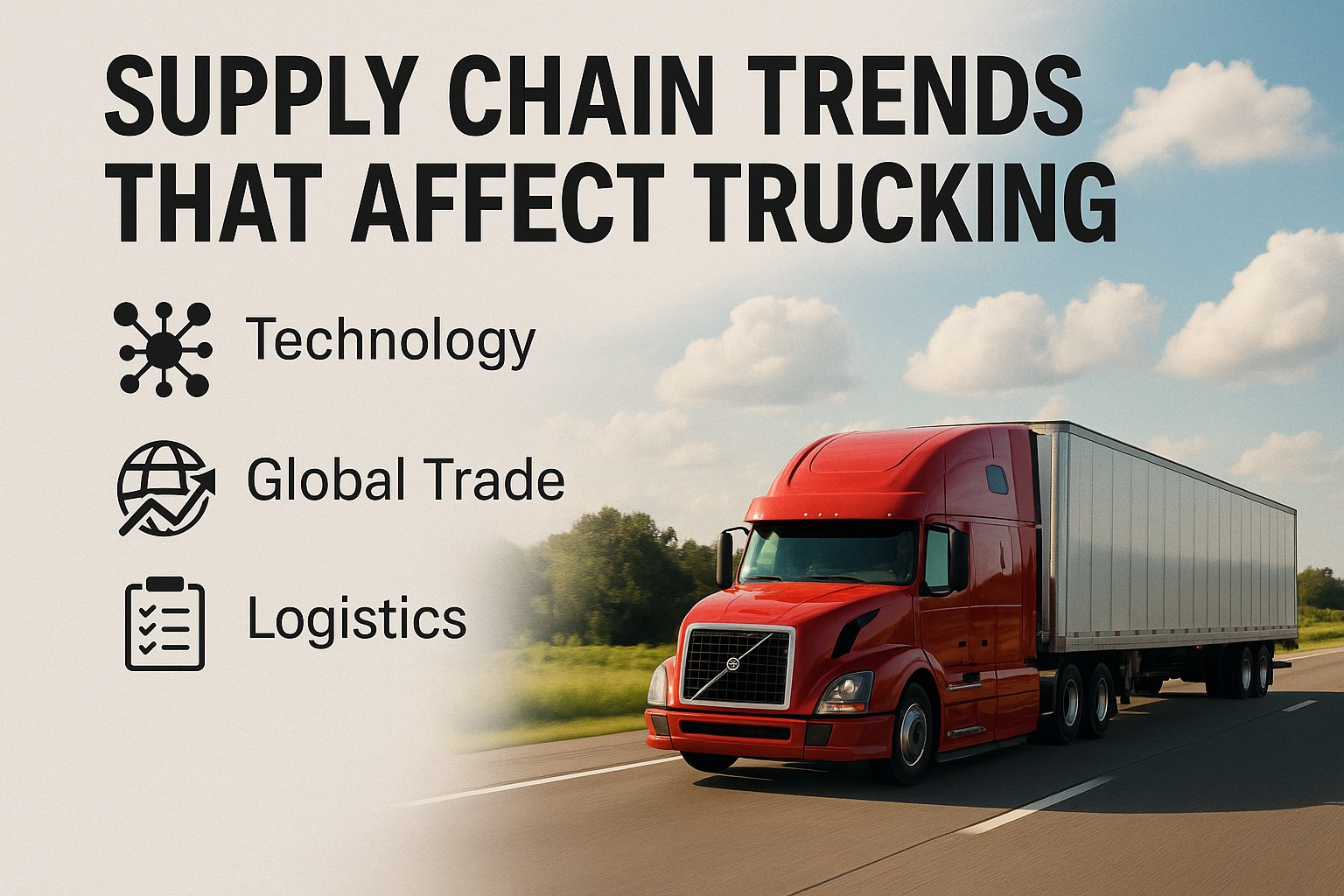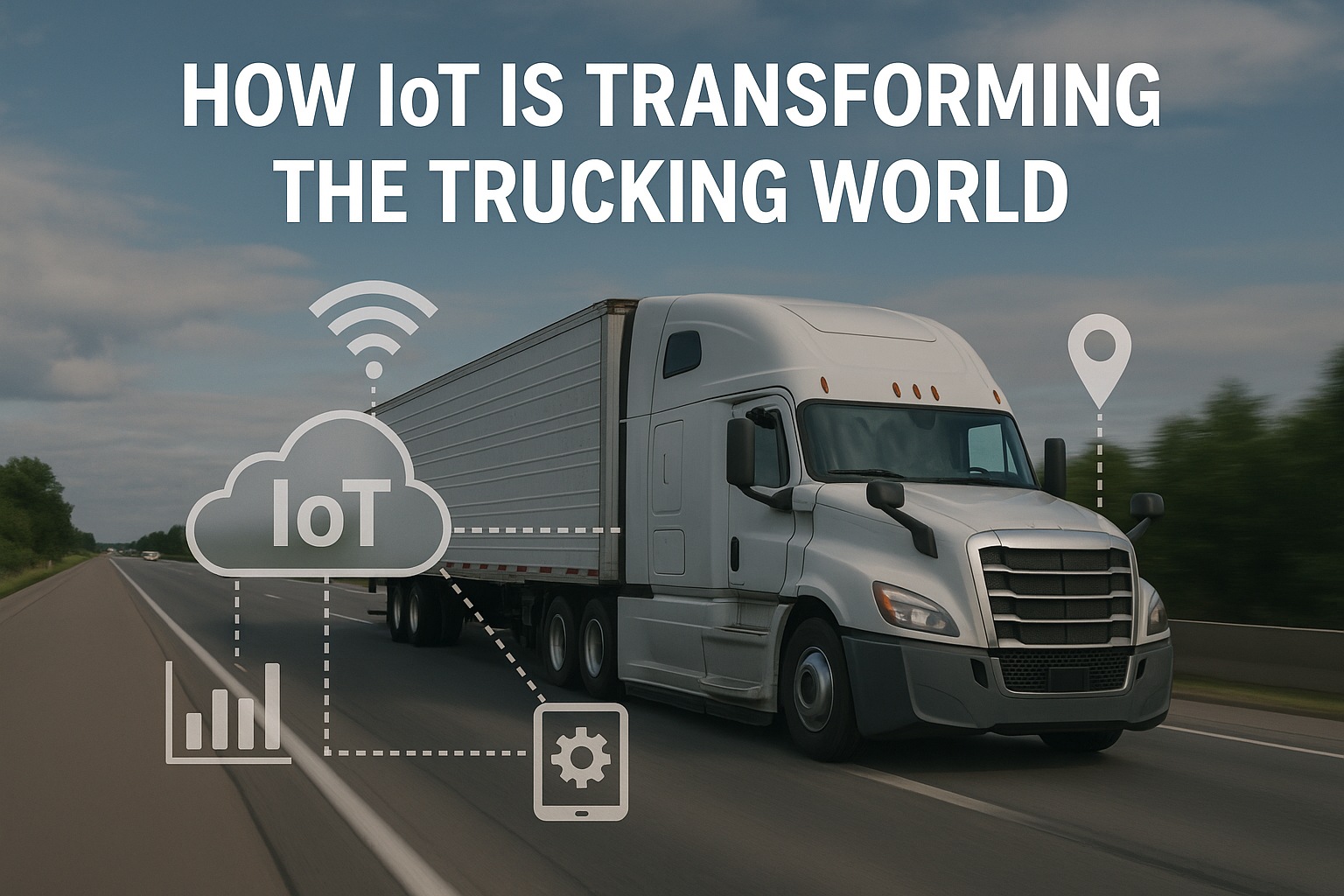2025 Fleet Management Revolution: By the Numbers
The convergence of technology and operational excellence is delivering measurable returns:
67%
Fleets using AI
$75K
Average annual savings
40%
Efficiency improvement
85%
Driver satisfaction
Transformative Fleet Management Trends for 2025
1. AI-Powered Predictive Analytics
Highest ImpactCapabilities: Machine learning for route optimization, predictive maintenance, demand forecasting
Technology: Neural networks, computer vision, natural language processing
Implementation: Cloud-based platforms, edge computing, real-time data processing
2. Electrification & Alternative Fuels
Future-ReadyAdoption Rate: 45% of fleets adding EVs in 2025, 30% exploring hydrogen
Infrastructure: Smart charging networks, energy management systems, grid integration
Financial Incentives: Federal tax credits, state rebates, utility programs
3. Autonomous & ADAS Technologies
Safety LeaderCurrent State: Level 2-3 autonomy mainstream, Level 4 pilots expanding
Safety Features: Collision avoidance, lane keeping, adaptive cruise, driver monitoring
Deployment: Highway autopilot, yard automation, platooning systems
4. Connected Fleet Ecosystems
Integration PowerIntegration Scope: Vehicle-to-everything (V2X), smart city connections, supply chain visibility
Data Exchange: Real-time traffic, weather, customer systems, regulatory compliance
Platform Approach: Open APIs, blockchain verification, unified dashboards
5. Sustainability & ESG Compliance
Market DifferentiatorRequirements: Carbon reporting, emissions reduction targets, sustainable practices
Technologies: Carbon tracking software, renewable energy, circular economy practices
Benefits: Customer mandates, investor requirements, operational savings
6. Driver-Centric Technology
Retention DriverFocus Areas: Work-life balance apps, health monitoring, gamification, communication tools
Benefits Package: Flexible scheduling, wellness programs, career development
Technology: Mobile-first design, wearable integration, AI coaching
Future-Proof Your Fleet Operations
Implement tomorrow's fleet management strategies today. Join industry leaders saving $75K+ annually with cutting-edge solutions.
2025 Technology ROI Comparison
| Technology Trend | Implementation Cost | Annual Savings | Payback Period |
|---|---|---|---|
| AI Analytics Platform | $50K initial + $500/month | $125,000 | 6 months |
| Electric Vehicle Transition | $30K premium per vehicle | $15,000/vehicle | 2 years |
| ADAS Safety Systems | $5,000 per vehicle | $45,000/vehicle | 45 days |
| Connected Fleet Platform | $200/vehicle/month | $50,000/vehicle | 3 months |
| Sustainability Tracking | $10,000 setup + $200/month | $40,000 + new contracts | 4 months |
| Driver Engagement Tech | $50/driver/month | $12,000/driver retained | 2 months |
| Combined Implementation | $287,000 (50 vehicles) | 8 months average | |
Implementation Roadmap for 2025 Trends
Q1 2025: Foundation
Quick Wins
- Deploy AI analytics pilot
- Assess EV readiness
- Upgrade safety systems
- Baseline sustainability metrics
Q2 2025: Expansion
Scale Success
- Roll out AI fleet-wide
- Order first EVs
- Integrate connected systems
- Launch driver apps
Q3 2025: Optimization
Maximize Value
- Fine-tune algorithms
- Expand charging infrastructure
- Full ecosystem integration
- ESG certification
Q4 2025: Innovation
Lead Market
- Test autonomous features
- Scale alternative fuels
- Advanced analytics
- Share best practices
Common Pitfalls in Adopting 2025 Trends
❌ Technology Without Strategy
Risk: Wasted investment, poor adoption
Solution: Define clear objectives, measure ROI continuously, align with business goals
❌ Ignoring Change Management
Risk: Driver resistance, failed implementation
Solution: Involve stakeholders early, provide comprehensive training, celebrate wins
❌ All-or-Nothing Approach
Risk: Overwhelming complexity, budget overruns
Solution: Phased implementation, pilot programs, iterative improvements
❌ Underestimating Infrastructure
Risk: EV charging gaps, connectivity issues
Solution: Infrastructure-first planning, partnership strategies, redundancy
❌ Data Silos
Risk: Missed insights, inefficiency
Solution: Unified platforms, API integration, data governance
❌ Short-Term Thinking
Risk: Missed opportunities, competitive disadvantage
Solution: 5-year vision, continuous innovation, market monitoring
Industry-Specific Trend Applications
Last-Mile Delivery
- Electric vans priority
- Route AI optimization
- Customer communication
- Sustainability tracking
Impact: 50% emission reduction
Long-Haul Trucking
- Autonomous highway driving
- Hydrogen fuel cells
- Platooning technology
- Driver wellness focus
Savings: $50K per truck
Construction Fleet
- Equipment telematics
- Predictive maintenance
- Utilization tracking
- Safety monitoring
ROI: 40% utilization boost
Public Transit
- Electric bus adoption
- Real-time passenger info
- Accessibility tech
- Grant optimization
Value: Enhanced service quality
Lead the 2025 Fleet Revolution
Don't get left behind. Implement cutting-edge fleet management trends and join industry leaders achieving 40% efficiency gains.
Frequently Asked Questions
AI-powered analytics delivers the fastest ROI, typically within 45-60 days. Implementation costs are minimal ($50K initial investment), while benefits are immediate: 25% fuel savings through route optimization, 40% reduction in maintenance costs via predictive analytics, and 30% improvement in asset utilization. Most fleets recover their investment through fuel savings alone in the first two months.
Small fleets should start with: pilot programs using 2-3 EVs for predictable routes, leverage federal/state incentives (up to $40K per vehicle), partner with utilities for charging infrastructure support, and focus on last-mile delivery or fixed routes initially. The sweet spot is vehicles driving 50-150 miles daily. Small fleets often see better ROI than large ones due to flexibility and incentive maximization.
Sustainability drives tangible business results: 65% of shippers now require ESG reporting from carriers, sustainable fleets command 10-15% premium rates, driver recruitment improves 40% (younger drivers prioritize green companies), and operational savings reach 20% through efficiency gains. Companies with strong sustainability programs also access $2.5 trillion in ESG-focused investment capital.
Prepare by: implementing ADAS features now (adaptive cruise, collision avoidance), training drivers on semi-autonomous systems, upgrading to connected vehicle platforms, and participating in autonomous pilot programs. Focus on highway autopilot features first, which are market-ready and save $15K annually per truck. Full autonomy is 5-10 years away, but partial automation delivers immediate benefits.
Technology solutions include: AI-powered route optimization reducing driver hours by 20%, automated administrative tasks saving 2 hours daily, wellness apps improving retention 45%, flexible scheduling platforms attracting new drivers, and gamification increasing job satisfaction 60%. Combined with competitive pay, these technologies help fleets maintain full staffing despite industry-wide shortages of 80,000 drivers.








